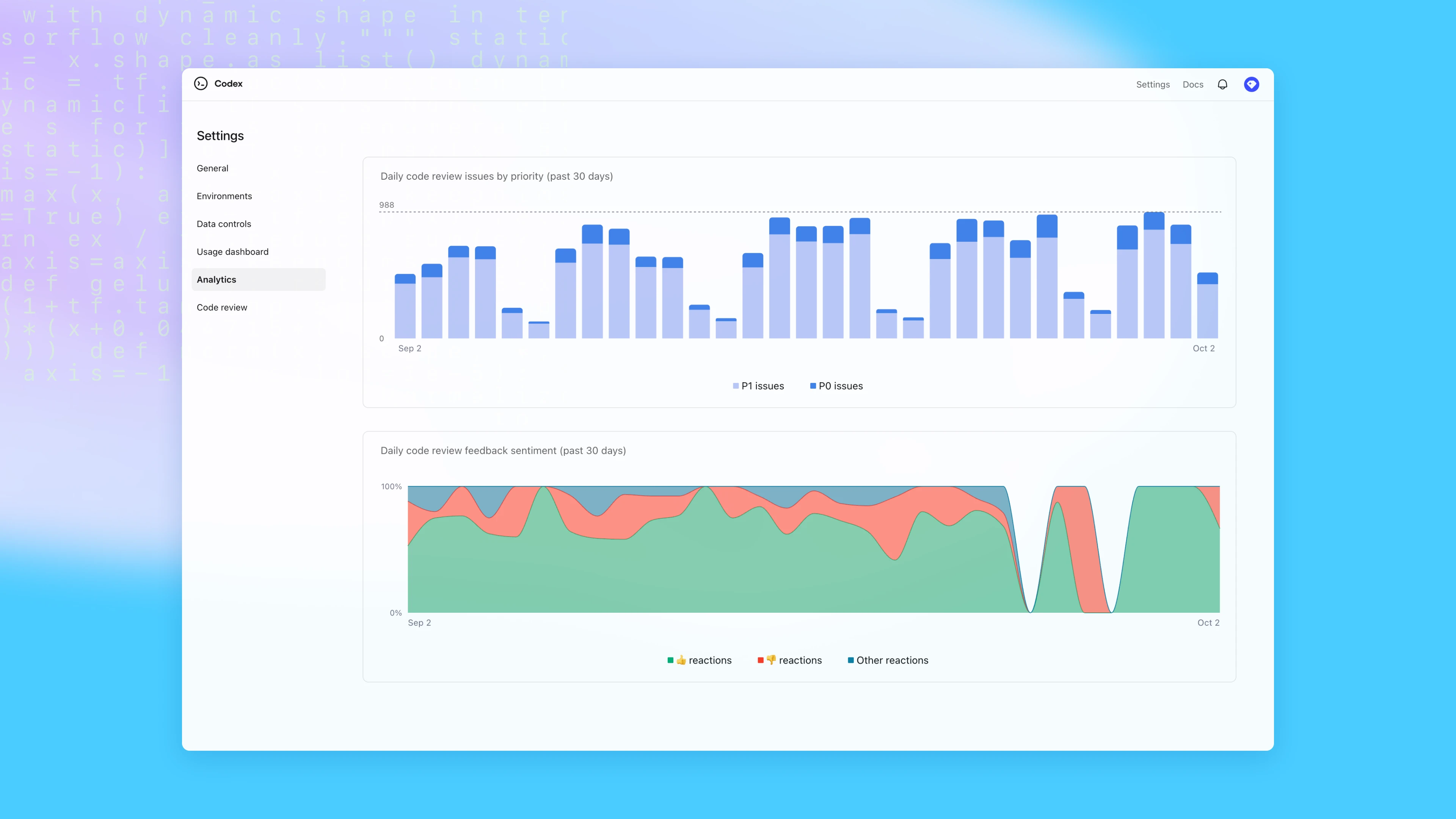OpenAI DevDay 2025

OpenAI DevDay 2025
OpenAI introduced the next generation of tools and models to help developers code faster, build agents more reliably, and scale their apps in ChatGPT.
Introducing apps in ChatGPT and the new Apps SDK
A new generation of apps you can chat with and the tools for developers to build them.
Apps in ChatGPT fit naturally into conversation. You can discover them when ChatGPT suggests one at the right time, or by calling them by name. Apps respond to natural language and include interactive interfaces you can use right in the chat.
For ChatGPT users, apps meet you in the chat and adapt to your context to help you create, learn, and do more. For developers, building with the Apps SDK makes it possible to reach over 800 million ChatGPT users at just the right time.
Apps will be available today to all logged-in ChatGPT users outside of the EU on Free, Go, Plus and Pro plans. Our pilot partners–Booking.com, Canva, Coursera, Figma, Expedia, Spotify and Zillow are also available today in markets where their services are offered starting in English. More pilot partners will launch later this year and we expect to bring apps to EU users soon.

Developers can start building and testing apps today with the new Apps SDK preview, which we’re releasing as an open standard built on the Model Context Protocol(opens in a new window) (MCP). To start building, visit our documentation(opens in a new window) for guidelines and example apps, and then test your apps using Developer Mode in ChatGPT.
Introducing AgentKit
AgentKit, a complete set of tools for developers and enterprises to build, deploy, and optimize agents. Until now, building agents meant juggling fragmented tools—complex orchestration with no versioning, custom connectors, manual eval pipelines, prompt tuning, and weeks of frontend work before launch. With AgentKit, developers can now design workflows visually and embed agentic UIs faster using new building blocks like:
Agent Builder: a visual canvas for creating and versioning multi-agent workflows
Connector Registry: a central place for admins to manage how data and tools connect across OpenAI products
ChatKit: a toolkit for embedding customizable chat-based agent experiences in your product

"Agent Builder transformed what once took months of complex orchestration, custom code, and manual optimizations into just a couple of hours. The visual canvas keeps product, legal, and engineering on the same page, slashing iteration cycles by 70% and getting an agent live in two sprints rather than two quarters.”
Sora 2 in the API
Sora is OpenAI’s newest frontier in generative media – a state-of-the-art video model capable of creating richly detailed, dynamic clips with audio from natural language or images. Built on years of research into multimodal diffusion and trained on diverse visual data, Sora brings a deep understanding of 3D space, motion, and scene continuity to text-to-video generation.
The Video API exposes these capabilities to developers for the first time, enabling programmatic creation, extension, and remixing of videos. It provides five endpoints, each with distinct capabilities:
Create video: Start a new render job from a prompt, with optional reference inputs or a remix ID.
Get video status: Retrieve the current state of a render job and monitor its progress.
Download video: Fetch the finished MP4 once the job is completed.
List videos: Enumerate your videos with pagination for history, dashboards, or housekeeping.
Delete videos: Remove an individual video ID from OpenAI’s storage.
Codex is now generally available
General availability of Codex and three new features that make it even more useful for engineering teams:
A new Slack integration: Delegate tasks or ask questions to Codex directly from a team channel or thread, just like you would a coworker.
Codex SDK: Embed the same agent that powers the Codex CLI into your own workflows, tools, and apps for state-of-the-art performance on GPT‑5-Codex without extra tuning.
New admin tools: With environment controls, monitoring, and analytics dashboards, ChatGPT workspace admins now have more visibility and control to manage Codex at scale.
Codex is now used by developers all over the world, from startups like Duolingo and Vanta to large enterprises like Cisco and Rakuten. Inside OpenAI, it’s become integral to how we build: nearly all engineers use Codex today, up from just over half in July. They merge 70% more pull requests each week, and Codex automatically reviews almost every PR to catch critical issues before they reach production.

GTP-5 Pro, smaller voice model in the API
GPT-5 pro uses more compute to think harder and provide consistently better answers.
GPT-5 pro is available in the Responses API only to enable support for multi-turn model interactions before responding to API requests, and other advanced API features in the future. Since GPT-5 pro is designed to tackle tough problems, some requests may take several minutes to finish. To avoid timeouts, try using background mode. As our most advanced reasoning model, GPT-5 pro defaults to (and only supports) reasoning.effort: high. GPT-5 pro does not support code interpreter.
gpt-realtime-mini
A cost-efficient version of GPT Realtime - capable of responding to audio and text inputs in realtime over WebRTC, WebSocket, or SIP connections.
-32,000 context window
-4,096 max output tokens
- Oct 01, 2023 knowledge cutoff
gpt-image-1-mini
A smaller image generation model that’s 80% less expensive than the large model.
gpt-image-1-mini - 80% less expensive then large model



